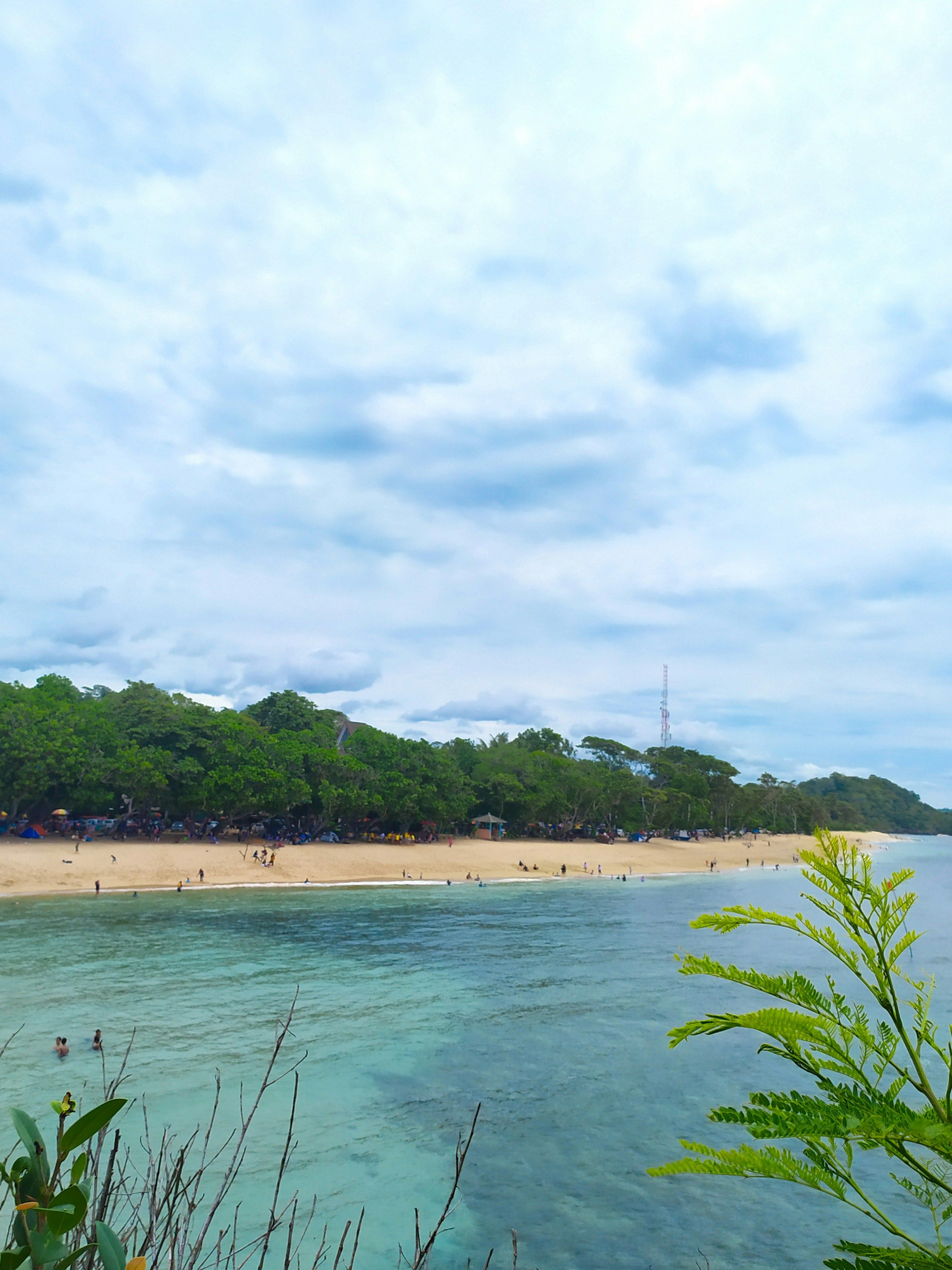HIV Therapy Budget Soars in 2024, Yet Coverage Remains Inadequate
Expensive Burden of HIV Remains a Challenge
The HIV therapy drug budget surged by 17% in 2024, reaching a staggering 36.76 billion rubles, as per analysts from the "Zdravresurs" group. This increase allowed for a record-breaking 610,368 annual courses to be purchased. Nevertheless, this figure falls short of the estimated 1.2 million individuals living with HIV in Russia, according to data from Rospotrebnadzor.
In their annual report, the "Zdravresurs" team delved into the state's allocation for antiretroviral (ARV) drugs, covering both centralized purchases by the Russian Ministry of Health and regional budgets. The total amount spent on such drugs in 2023 was 31.54 billion rubles, but this skyrocketed to 36.76 billion rubles in 2024 – a notable 17% jump.
Experts estimate that, with these funds, therapy reached approximately 70% of HIV patients, based on Ministry of Health data. However, adopting a broader perspective – considering cases reported by Rospotrebnadzor – the availability of therapy dwindles to a mere 50.23% of those in need.
Vadim Pokrovsky, head of the epidemiological and AIDS prevention research department at the Central Research Institute of Epidemiology of Rospotrebnadzor, emphasizes the gap in coverage – "This is still not enough." He further explains the challenge lies in both the rising number of individuals infected with HIV and the increased expense of treatment incurred as a consequence.
Most ARV drugs (85.9%) were distributed through centralized purchases by the Russian Ministry of Health. In 2024, regional purchases accounted for a record high of 5.07 billion rubles (24% more than in the previous year). The majority of spending was observed in Moscow (32%), the Moscow region (16.5%), and the Sverdlovsk region (14%). However, regional budgets catered to just 9% of patients in 2024, leaving the Ministry of Health to shoulder the primary financial burden.
A significant increase was observed in purchases of combination therapy, which utilizes a single tablet (fixed-dose combination; FDC). This method simplifies drug intake and increases patient adherence, as explained by experts. In 2023, 42,000 courses of FDC were bought, while this figure swelled to 76,000 in 2024. This marked an almost sixfold increase compared to 2020. Despite this increase, the share of patients receiving this therapy remains relatively low (12%), necessitating efforts to expand access.
The share of generics has also seen a substantial boost. In 2023, original ARV drugs accounted for 87% (24.6 billion rubles) of Ministry of Health purchases, while generics accounted for 13% (3.8 billion rubles). However, in 2024, this ratio reversed somewhat: original drugs accounted for 58% (18.2 billion rubles), while generics accounted for 42% (13.4 billion rubles). Consequently, the average annual cost of HIV treatment per patient in 2024 decreased by 9% compared to 2023, to 85,297.05 rubles. Analysts stress the importance of "continuing to increase the share of quality and economically efficient generics in total purchases to optimize budget spending." Based on their calculations, ARV drug purchases would require a doubling of state budget spending to 74.5 billion rubles per year.
HIV infection continues to surge in Russia, with over 50,000 new cases reported each year. The country's primary strategy for combating the spread of HIV revolves around providing therapy. However, as observed by Dr. Vadim Pokrovskiy, the epidemic's scale remains unabated – "We are not seeing a decrease." He highlights the US, with a larger population, as an example, reporting around 35,000 new cases annually. The US's success, in Pokrovskiy's view, lies in extensively educating citizens about infection risks and distributing preventive drugs that shield against infection even after contact with an HIV-positive partner.
According to Pokrovskiy, a mere 40 people in Russia officially receive such preventive drugs, with no more than 100 if including those who pay out-of-pocket. The Ministry of Health maintains that citizens should lead a moral lifestyle, rather than resorting to such drugs for questionable behavior.
In response to a request from "Kommersant," the Ministry of Health's press service referred to Federal Register data, reporting that, by the end of 2024, 90.5% of citizens with HIV were receiving antiretroviral therapy. This figure exceeds the target indicator of the State Strategy to Counter the Spread of HIV in Russia – 87%. The press service also mentioned that funding for this area in 2025 has increased by 25% compared to 2024, with additional resources allocated by regions for independent purchases. Moreover, redistribution of medicinal products between regions is underway. "All patients will be provided with the necessary medicinal products," the Ministry of Health assured.
It is worth noting that, in 2024, the specialized site Pereraby.ru recorded a record number of complaints – 668 reports of disruptions in the supply of ARV drugs in 65 regions of Russia, institutions of the FSIN and the FMBA. The most frequent complaints were regarding shortages of lamivudine, tenofovir, and dolutegravir.
Nataliya Kostarnova
- The surge in HIV therapy budget highlights a need for focus in the field of medical-conditions and chronic-diseases, specifically chronic-kidney-disease and cancer.
- With the rise in healthcare expenditure, there's an opportunity for advancements in science and renewable-energy, contributing to health-and-wellness and fitness-and-exercise.
- As ARV drugs soar in price, the conversation shifts towards mental-health, considering the impact of chronic stress on individuals battling chronic-diseases.
- The cardiovascular-health implications of living with HIV underscore the importance of industries such as manufacturing and retail in developing affordable treatments.
- The rise in HIV cases demonstrates the urgent need for entrepreneurship and innovation in treating autoimmune-disorders like psoriasis.
- The share of generics in ARV drug purchases reflects a shift towards data-and-cloud-computing, helping to manage budgeting and debt-management in the healthcare sector.
- The increasing use of combined therapy and preventive drugs calls for further research in smartphones and wearables, enhancing healthcare access.
- The challenge in providing equal access to ARV drugs raises questions about diversity-and-inclusion within the industry, ensuring every individual has access to necessary treatment.
- The rising expense of HIV treatment calls for a focus on personal-finance and banking-and-insurance, helping those affected to manage their financial burdens.
- The lack of waste management in the pharmaceutical industry highlights the need for sustainable practices and focusing on renewable-energy in the retail sector.
- As ARV drug purchases eat into budgets, there's a growing need for investors in the healthcare sector to prioritize energy-efficient solutions and environmentally-friendly practices.
- The global fight against HIV and other chronic-diseases necessitates collaboration between small-businesses and large enterprises, pooling resources to finance research and development.
- The rising costs associated with HIV treatment call for innovation in skincare and eye-health products, helping individuals manage potential side-effects.
- The impact of untreated HIV on the housing-market and personal-finance underscores the importance of education and awareness in interior-design and REAL-ESTATE.
- The disruptions in the supply of ARV drugs demonstrate the vulnerabilities in transportation infrastructure, impacting various aspects of health-and-wellness, from chronic-diseases to skin-conditions.
- The increasing focus on HIV treatment warrants attention to leadership and decision-making in the public and private sectors, ensuring effective allocation of resources.
- The digitalization of healthcare and the rise of telemedicine accentuate the need for solid cybersecurity measures to protect sensitive health data.
- The increasing use of ARV drugs calls for a renewed focus on outdoor-living and renewable-energy, promoting healthier lifestyles for individuals dealing with chronic-diseases.
- The spatial distribution of HIV cases emphasizes the need for automotive solutions in healthcare, ensuring that treatments reach remote regions.
- The rise in HIV cases calls for a focus on home-and-garden products, promoting cleanliness and hygiene as part of a comprehensive approach to health and wellness.
- The disruptions in the supply of ARV drugs demonstrate the importance of housing-market policies that take the needs of vulnerable populations into account.
- The success stories in HIV treatment abroad necessitate a global discussion on personal-finance, banking-and-insurance, and real-estate policies that support those affected.
- The increasing use of combined therapy and preventive drugs highlights the growing role of smartphones and gadgets in modern healthcare.
- The lack of widespread use of preventive drugs in Russia calls for a focus on digital literacy and technological advancements that can help bridge the gap.
- As energy costs rise, the increase in ARV drug purchases calls for a focus on energy-efficient solutions in the commercial sector, helping to optimize spending.
- The rising expense of ARV drugs calls for a rethinking of the role of CBD and alternative therapies in managing side-effects and improving overall health-and-wellness.
- The evolution of HIV treatment underscores the need for innovation in hearing and digestive-health, addressing potential secondary health issues caused by long-term treatment.
- The increasing focus on equal access to healthcare underscores the importance of diversity-and-inclusion in the tech sector, ensuring that innovation designed for health application can reach everyone who needs it.








